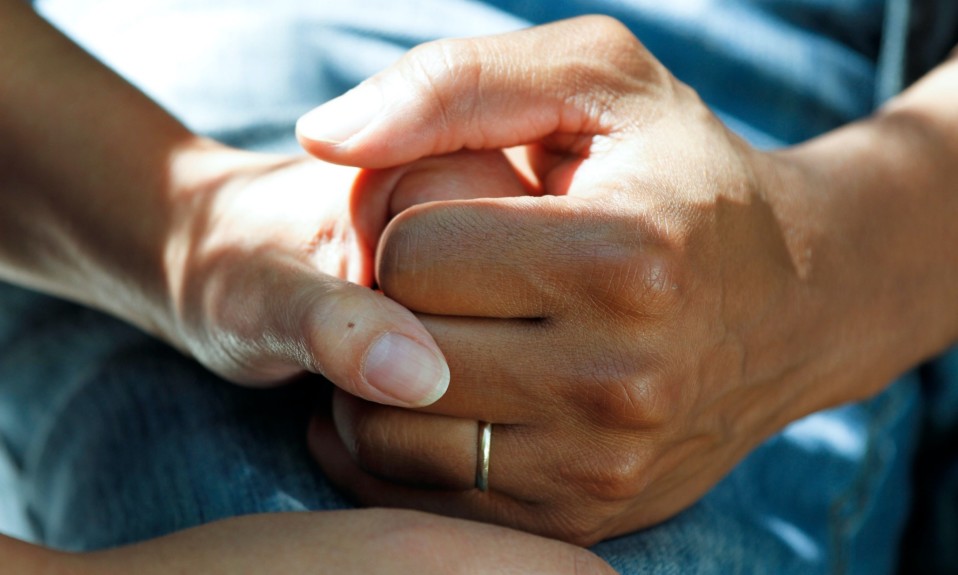Not sure exactly what addiction looks like? This overview lays out some of the signs and where to seek treatment
This article is reprinted with permission from the University of Michigan’s Addiction Center, a partner of TreatmentMagazine.com in working to improve addiction outcomes.
A substance use disorder (SUD) is a chronic, relapsing brain disease that is characterized by compulsive drug seeking and use, despite harmful consequences. The regular use of alcohol and/or other drugs produces changes in the brain which strongly reinforce the behavior of drug use, teaching the person to repeat it. These behavioral changes are also accompanied by changes in brain function, especially in the brain’s natural inhibition and reward centers.
SUDs are a medical problem, and are often tied in to mental health and co-occurring conditions such as anxiety, depression, and PTSD. In most cases, the initial decision to drink or use substances is a choice. However, after continued use, changes in the brain can seriously impair one’s ability to control their use.
People who are addicted to alcohol and/or other drugs have changes in their brain that affect the following areas:
- Judgement
- Decision-making
- Learning
- Memory
- Behavioral Control
- Relationships
- Emotional Regulation
- Activities of daily life (job, education, etc.)

How to Screen for an SUD
The National Institute on Drug Abuse (NIDA) provides online and printable self- and clinician-administered Screening and Assessment Tools by substance type (alcohol, drugs) and patient age (adults, adolescents).
What Are the Treatment Options?
Addiction treatment can be done via methods such as behavioral therapy, medication management, counseling and detox.
Additional Resources
Here are some resources that might be of use:
- Telehealth for Opioid Use Disorder Toolkit: Guidance to Support High-Quality Care. The primary goal of this toolkit is to provide clinically relevant information to support high-quality delivery of outpatient opioid use disorder (OUD) care via telehealth, while reducing barriers to starting and maintaining both medication and psychosocial treatments. This toolkit is intended for clinicians, administrators and policymakers who are involved in delivering, managing and considering telehealth for OUD care. Specific tools (e.g. flowchart, checklist, sample note) are included for clinicians.
- COVID-19: Virtual Substance Use & Recovery Resources. U-M Addiction Center Virtual Recovery Resource Webpage provides a list of virtual online mutual support meetings, 24/7 crisis helplines, educational materials, and recovery support apps.
- Training and Technical Assistance Related to COVID-19. The Substance Abuse and Mental Health Services Administration (SAMHSA) has compiled a list of resources such as webinar and resource guides for supportive practices that providers may find useful during a public health crisis.
- COVID-19: Impact on and Implications for SUD Treatment. The Journal of Substance Abuse Treatment has created a special issue on the implications of COVID-19 for the present and future of SUD treatment. Papers are added to the Special Issue as they are published in the print edition of the journal.
Treatment Information
Here are some possibilities for seeking treatment:
- SAMHSA Treatment Locator. The SAMHSA treatment webpage helps providers and patients locate alcohol, drug, or mental health treatment facilities.
- U-M Addiction Treatment Services. U-M Addiction Treatment Services is staffed by psychiatrists, social workers and nurses who work together as a multidisciplinary team for the treatment of alcohol and/or drug problems.
Top photo: Emiliano Vittoriosi; bottom photo: Dimitry Ratushny













